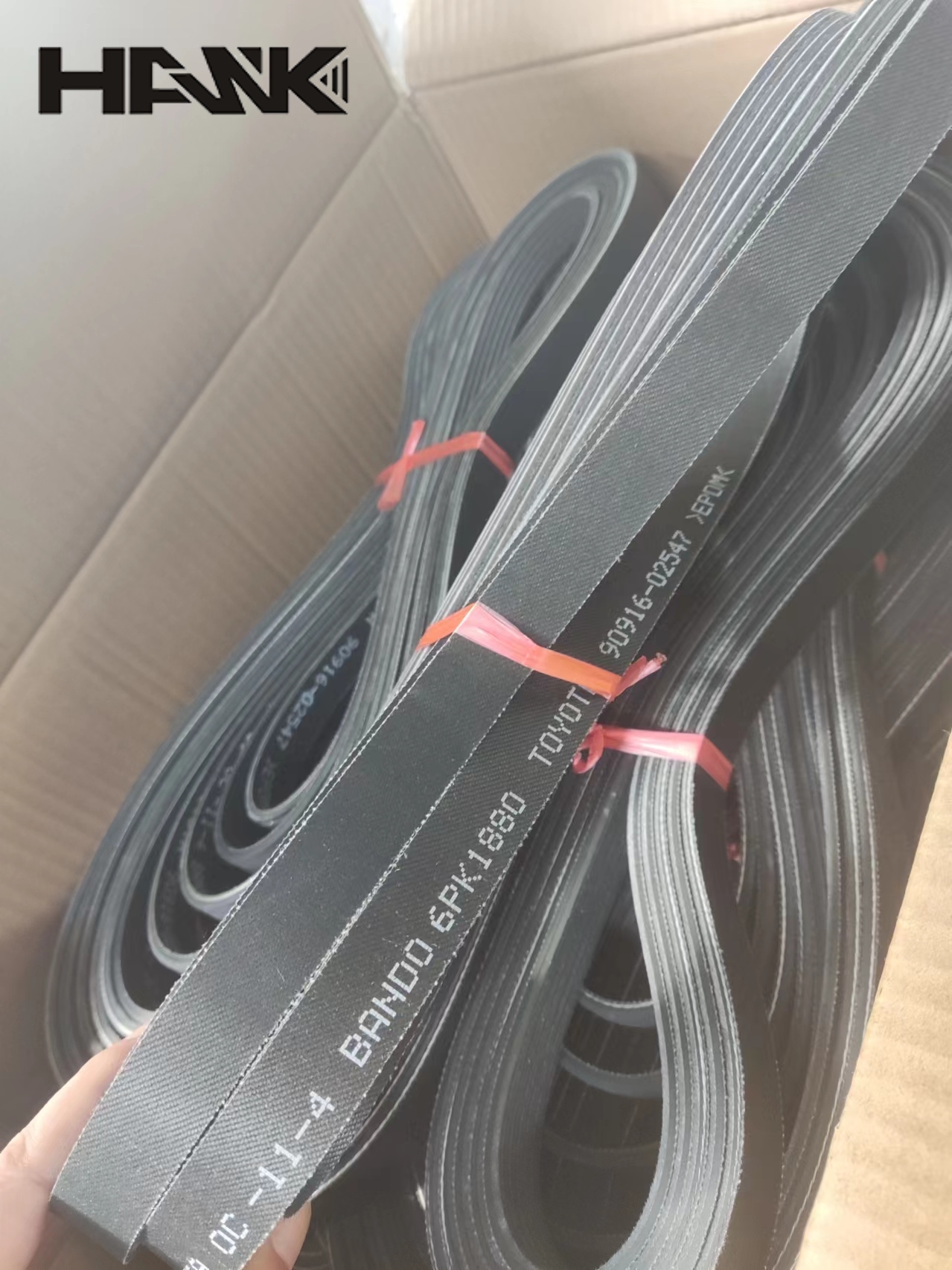- Arabic
- French
- Russian
- Spanish
- Portuguese
- Turkish
- Armenian
- English
- Albanian
- Amharic
- Azerbaijani
- Basque
- Belarusian
- Bengali
- Bosnian
- Bulgarian
- Catalan
- Cebuano
- Corsican
- Croatian
- Czech
- Danish
- Dutch
- Afrikaans
- Esperanto
- Estonian
- Finnish
- Frisian
- Galician
- Georgian
- German
- Greek
- Gujarati
- Haitian Creole
- hausa
- hawaiian
- Hebrew
- Hindi
- Miao
- Hungarian
- Icelandic
- igbo
- Indonesian
- irish
- Italian
- Japanese
- Javanese
- Kannada
- kazakh
- Khmer
- Rwandese
- Korean
- Kurdish
- Kyrgyz
- Lao
- Latin
- Latvian
- Lithuanian
- Luxembourgish
- Macedonian
- Malgashi
- Malay
- Malayalam
- Maltese
- Maori
- Marathi
- Mongolian
- Myanmar
- Nepali
- Norwegian
- Norwegian
- Occitan
- Pashto
- Persian
- Polish
- Punjabi
- Romanian
- Samoan
- Scottish Gaelic
- Serbian
- Sesotho
- Shona
- Sindhi
- Sinhala
- Slovak
- Slovenian
- Somali
- Sundanese
- Swahili
- Swedish
- Tagalog
- Tajik
- Tamil
- Tatar
- Telugu
- Thai
- Turkmen
- Ukrainian
- Urdu
- Uighur
- Uzbek
- Vietnamese
- Welsh
- Bantu
- Yiddish
- Yoruba
- Zulu
Novemba . 05, 2024 02:46 Back to list
car drive belt replacement
Understanding Car Drive Belt Replacement
The drive belt, often referred to as the serpentine belt, is a critical component in modern vehicles. It is responsible for powering various engine accessories such as the alternator, power steering pump, water pump, and air conditioning compressor. Given the essential role it plays in the functionality of a vehicle, understanding when and how to replace the drive belt is crucial for every car owner.
Why Replace the Drive Belt?
Over time, the drive belt can wear out due to constant friction and exposure to heat. Signs of wear can include cracking, fraying, or glazing on its surface. A worn drive belt can lead to several issues, including
1. Accessory Failure An old or damaged drive belt may slip, causing accessories to fail. This can lead to problems like overheating if the water pump isn't functioning correctly.
2. Engine Performance Issues A failing drive belt can lead to decreased engine performance, resulting in stalling or difficulty in starting the vehicle.
3. Complete Belt Failure If the drive belt breaks entirely, it can cause immediate and more extensive damage. For instance, if the water pump stops working while the engine is running, it can lead to an overheated engine.
Regular maintenance, including visual inspections and adherence to the manufacturer's recommended replacement schedule, can prevent these issues. Typically, car manufacturers recommend replacing the drive belt every 60,000 to 100,000 miles, though this can vary based on the make and model of the vehicle.
How to Replace the Drive Belt
Replacing a drive belt can be a manageable task for those with basic mechanical skills
. Here’s a step-by-step guide1. Preparation Ensure you have the right tools, such as a ratchet, socket set, and a belt tensioner tool. It's also crucial to have a replacement belt that matches your vehicle’s specifications.
car drive belt replacement

2. Locate the Belt Open the hood and locate the drive belt by following the serpentine belt diagram usually found on a sticker near the engine.
3. Release Tension Use the belt tensioner tool to relieve tension on the belt. This will allow you to remove the belt easily.
4. Remove the Old Belt Once the tension is relieved, carefully remove the old belt from the pulleys. Take note of the routing to ensure you install the new belt correctly.
5. Install the New Belt Follow the belt routing diagram to install the new drive belt. Make sure it sits correctly in the grooves of the pulleys.
6. Reapply Tension After the new belt is in place, use the tensioner tool to reapply tension to the new belt.
7. Final Inspection Check that the belt is properly aligned and sitting correctly in all pulleys before closing the hood.
When to Seek Professional Help
While replacing a drive belt can be a straightforward task, some might feel more comfortable seeking professional help. If there are additional components needing attention or if the task seems overwhelming, visiting a trusted mechanic is always a wise choice.
Conclusion
Understanding the importance of the drive belt and knowing when and how to replace it are essential skills for every car owner. Regular inspections and scheduled maintenance can prolong the life of the drive belt and ensure the overall health of your vehicle. By staying proactive, you can avoid unexpected breakdowns and costly repairs, making your driving experience safe and smooth. Always remember that a well-maintained vehicle is not just about performance—it's about your safety on the road.
-
Korean Auto Parts Timing Belt 24312-37500 For Hyundai/Kia
NewsMar.07,2025
-
7PK2300 90916-T2024 RIBBED BELT POLY V BELT PK BELT
NewsMar.07,2025
-
Chinese Auto Belt Factory 310-2M-22 For BMW/Mercedes-Benz
NewsMar.07,2025
-
Chinese Auto Belt Factory 310-2M-22 For BMW/Mercedes-Benz
NewsMar.07,2025
-
90916-02660 PK Belt 6PK1680 For Toyota
NewsMar.07,2025
-
drive belt serpentine belt
NewsMar.07,2025

